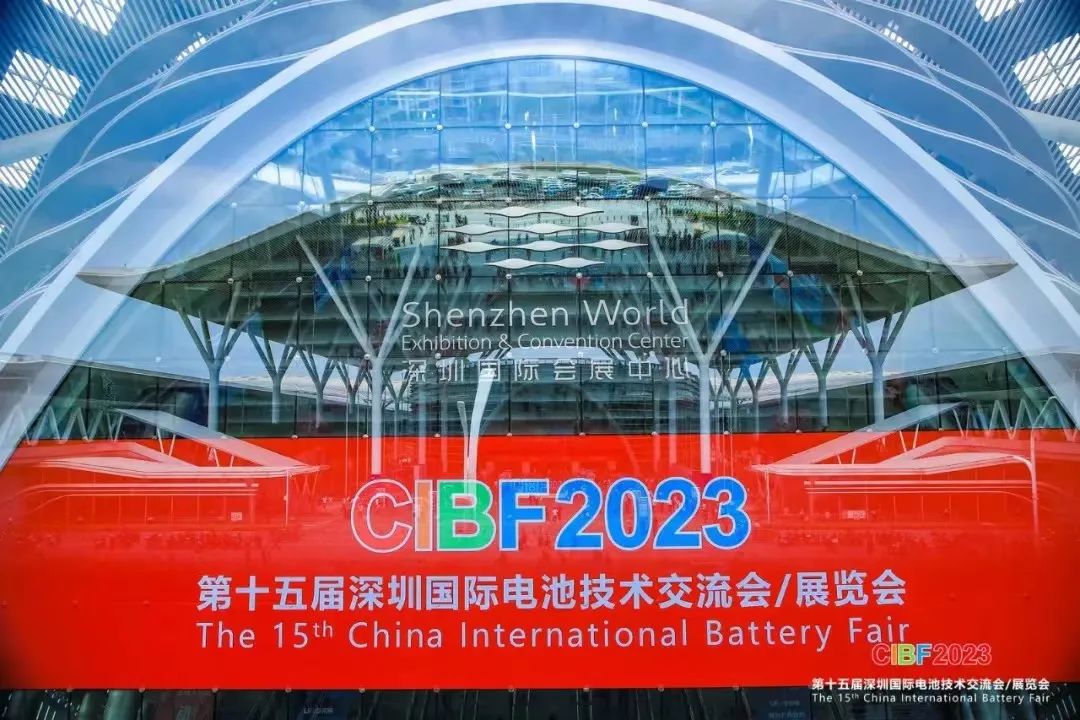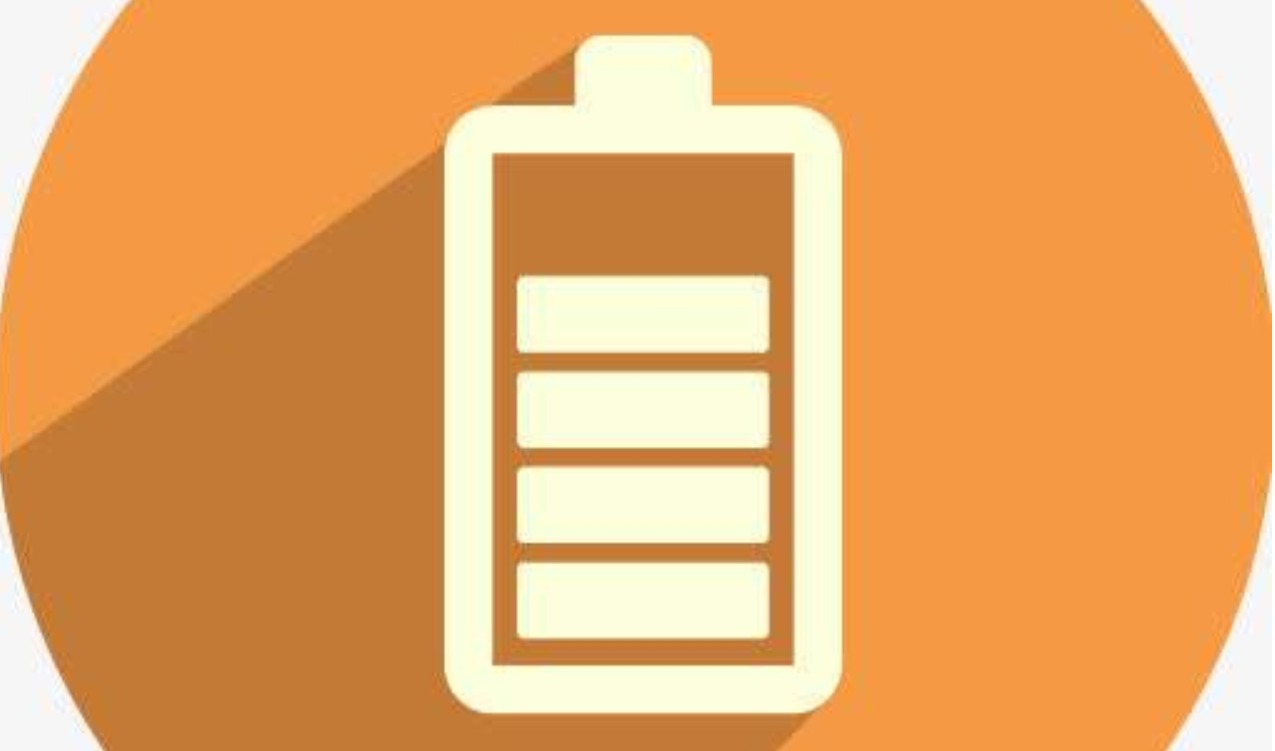TWH era ▏ how to solve the "dilemma" of power battery enterprises in expanding production?
AddTime:2021-05-17 Author:Xinyuren Hits:3115
Based on the prediction that the market demand of electric vehicles will enter the "TWH era", the global mainstream power battery enterprises are setting off a new round of "production expansion and stock up" tide. Since the second half of 2020, Ningde times, LG new energy, BYD, Yiwei lithium energy, AVIC lithium, beehive energy, AESC and other power battery enterprises have all invested tens of billions of yuan in the global power battery project layout.
With the investment and construction of dozens or even hundreds of GWH projects, there has been a "burst of orders" in the upstream lithium battery equipment field. Many lithium battery equipment enterprises are full of orders, the equipment processing and delivery cycle has become significantly longer, and the delivery pressure has increased sharply. It is worth noting that power battery enterprises will face two major challenges:
First, how to ensure the supply of high-quality, high-efficiency and low-cost lithium battery equipment with capacity planning of hundreds of GWH;
Second, there are many links in the production and manufacturing of power batteries, involving complex equipment and high degree of technical complexity. How to improve the level of flexibility, informatization and intelligence of equipment, so as to continuously shorten the development time and delivery cycle of products, and the replicability of production line?
In fact, after nearly 10 years of development, China's lithium battery industry has gone through the exploratory stage, and the automation and intelligent level of lithium battery production and manufacturing has been significantly improved. However, in order to cope with the production and manufacturing of several battery project bases and tens or even hundreds of GWH lithium battery in the future, we can see that there are still many problems in the intelligent manufacturing of China's overall power lithium battery
First, most of the hardware devices in lithium battery manufacturing enterprises are segmented acquisition, and there are problems of compatibility and diversity among devices, which lead to low integration between various industrial software and obstacles in data sharing and circulation.
Secondly, the lithium battery production and test data collection is large, and each process has different control requirements. The manufacturing mode belongs to the mixed mode of flow and discrete, which aggravates the difficulty of digital and intelligent industrial manufacturing.
Third, there are many power battery size standards. It is understood that at present, there are more than 150 battery cell specifications produced by domestic enterprises alone, which leads to relatively small sales volume of single model and limits the development of standardized, large-scale and intelligent manufacturing.
Fourth, the product design and manufacturing technology of power battery are still in the process of rapid iteration, especially the key production process design of battery module is not mature, the verification is not enough, the one-time pass rate is low, and it is difficult to realize online automatic testing and quality tracking. Therefore, the production of power battery system is still semi-automatic, and only a few battery manufacturers have realized the automatic production of power battery modules or modules.
"It is no longer feasible to rely only on automation for the intelligent manufacturing of lithium batteries. It is necessary to fully realize digitization and intellectualization." The relevant person in charge of Dassault systems, a global industrial software giant, told China that in the face of manufacturing and competition in the TWH era, high efficiency based on stability, flexibility and standardization based on modularization, and high automation and informatization based on network are the core features of the future development of lithium battery production intelligent equipment; In addition, the next stage of lithium battery factory, rich and comprehensive shared database will need to cover many fields from product design to production planning, engineering, production and service, and integrate into suppliers and customers, which will also be the basic characteristics of the next lithium battery intelligent factory manufacturing operation management system (MOM).
Pain points and trends of power battery manufacturing in TWH Era
At the "power day" held in March this year, Volkswagen group revealed that it plans to launch the "standard cell" with intelligent technology in 2023. On the one hand, through standardization, the manufacturing efficiency and quality of cell will be improved, and the manufacturing cost will be reduced; On the other hand, based on standardization, it can adapt to different models of Volkswagen electric platform and effectively reduce the development cost of its electric vehicles.
From here we can see that the standardization of power battery will be an important trend.
However, in view of the fact that there are many powerful automobile enterprises and power battery enterprises in the world, the characteristics of diversified battery product specifications will exist for a long time in the future. For battery companies, in order to meet customer diversification and huge capacity demand, future lithium battery manufacturers need to build flexible manufacturing mode, shorten the delivery cycle, improve production capacity and ensure quality.
It is worth noting that the "flexibility" and "flexibility" of intelligent manufacturing are exactly the sharp tools to solve the uncertainty and complexity in the new market environment, which can meet the large-scale capacity expansion and adapt to different product specifications, so as to effectively promote the rapid improvement of quality and efficiency and reduce the cost of lithium battery manufacturing industry.



